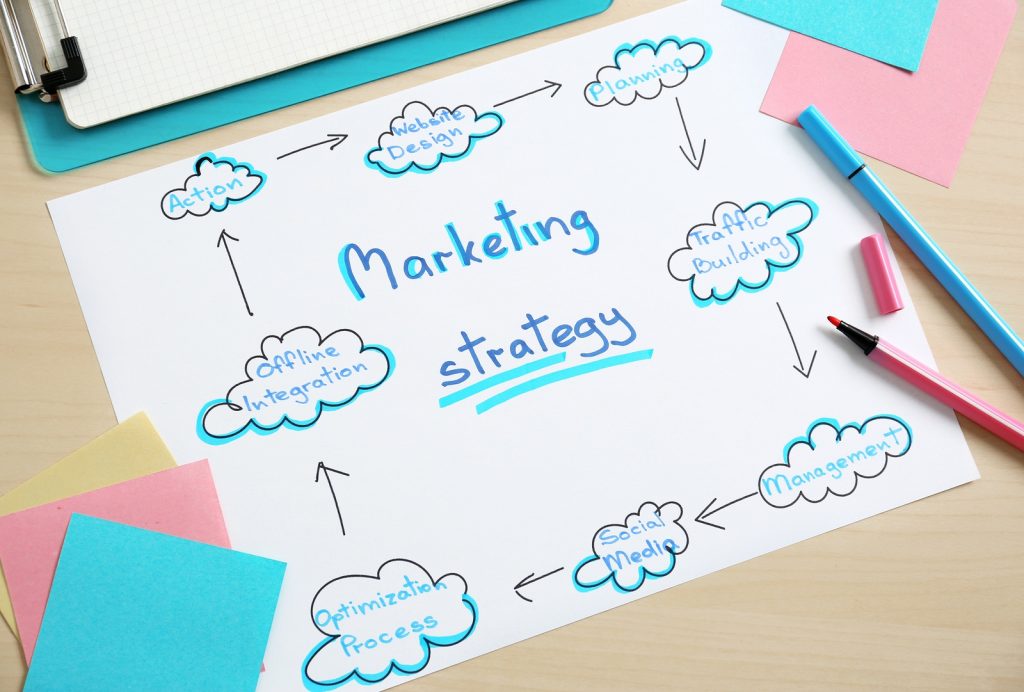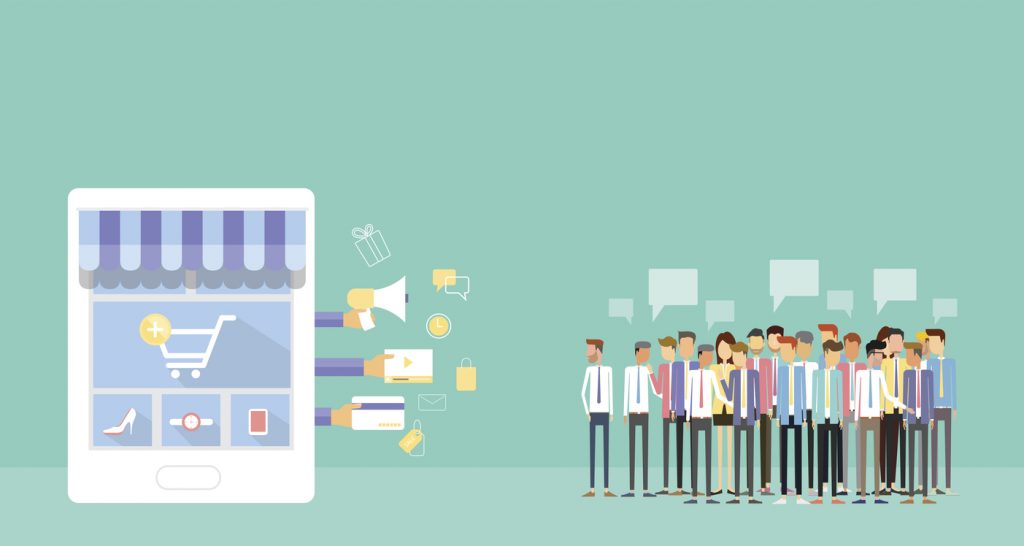The internet bloom changed the very concept of doing business by bringing in new possibilities. E-commerce has brought the products and services to our doorsteps. Online marketing of brands is the buzzword today. So what about offline marketing? Those TV, radio, billboard, newspaper ads, and word-of-mouth marketing are they still relevant?
How Offline Branding Impacts SEO?
Online marketing allows targeting a huge audience at a time since you know exactly what the people are searching for. Implementing offline strategy marketing well will actually boost online performance by almost 40%. This proves that offline branding helps bring in a huge online ROI.
Offline marketing strategies prompt online searches for the company. Whatever information we learn or hear in the real world we start for searching it on the internet. Both must go hand-in-hand to bring in more business for the company. Following figures confirm the fact that offline marketing tactics are still prevalent.

- TV Ads: 44%
- Word of Mouth: 41%
- Magazine/Newspaper Ads: 35%
- Radio: 23%
- Billboard: 13%
The % figure represents the number of people who consider that advertising medium useful while purchasing.
Online-to-Offline Marketing (O2O Marketing)
The customers switch between physical and digital worlds while they go through the buyer’s journey. O2O marketing is an effective way for businesses to reach their potential customers at all touch points. Here, online and offline marketing channels are treated as complementary and not competitive. Few examples:
- Click and collect
- Shopping online at the time of a physical visit
- Returning of items purchased online to a physical store
A very good real-world application of this was evidenced in Amazon’s acquisition of Whole Foods. It was an investment of over $13 billion in the acquisition. They actually understood an undeniable reality about consumers that despite all the fascination with devices and digital services, most sales still happen in physical stores. 76% of consumers who search for products or services in their local area visit a store within a day and most of their visits result in purchases. Spotify estimates showed that over 80% of retail sales will happen in stores to 2025, and beyond.

Ways to Optimize the O2O Experience
- Allowing Online Activities to Happen Offline – Click-and-collect shopping is the biggest trend in retail now. Almost 70% of customers are taking advantage of the facility to order items online and collect them in a nearby store. It has led to the instant gratification from the customer’s part.
- Utilizing the Potential of Immersive Technology – Technological advancement has created more opportunities for many businesses. Take for instance the concept of augmented reality (AR) checking which allows users to inspect and test digital products in the physical world.
- Improving Personalization with Data Insights – A research stated that an average customer wouldn’t purchase until they are exposed to a brand message seven times. So the companies need to connect with their audiences. The companies are investing in data analytics to offer more tailored and personalized services to their target audience. Build a bond with customers, let them know that you understand them, listen to them and your company is the best at satisfying their needs.

- Prioritizing Mobile-First – Smartphones are a more dominant force today. Offline sales are directly influenced by the use of mobile phones. Connect with your customer both online and offline. TripAdvisor has made its app available offline. Businesses are using beacon technology in their stores to transmit messages to customer’s devices as they move around the store. They can use beacons to track customer buying patterns and then analyze and adapt their marketing to offer a better service.
- Link KPIs for Online and Offline Marketing – The companies can’t achieve their marketing goals if they look at only the online operations and neglect offline marketing. So they should align their KPIs for online and offline marketing:
- 47% of companies are now focusing on using their offline marketing to boost online traffic and engagement.
- Conversely speaking, 68% of companies use their online marketing to drive brand loyalty which is a traditional goal of offline marketing.
- 65% of companies are using online marketing activities to encourage offline engagement.
- The flexibility of Your Campaign – With the ever-changing digital landscape the state of retail business is also changing dramatically affecting both online and offline marketing. There has been a change in customers and their desires, company skill set and experience, competitors and their strategies, performance capabilities of the companies and the knowledge of our own companies. So it’s important that you consider which KPIs to change or retire.

- Developing Offline and Online SEO – Never underestimate offline SEO thinking that it has no impact on online performance. The offline service is consumer-centric and should reflect your online SEO, building upon the value and connections that online marketing has developed.
Conclusion
The success of a business lies in the fact that how efficiently it can align its online and offline SEO. The world has digitalized but don’t forget that you are at last selling to humans only!! Companies build on traditional principles adopting a customer-centric approach will be able to build a stronger reputation, both online and offline.









